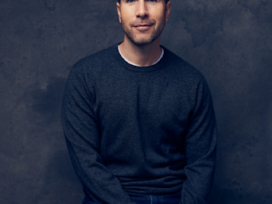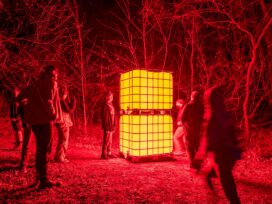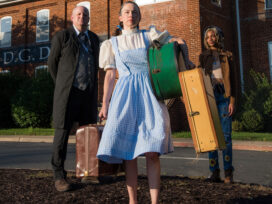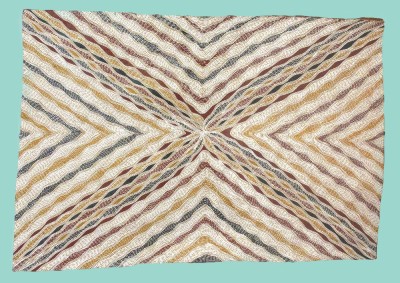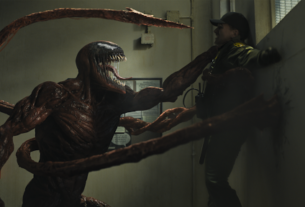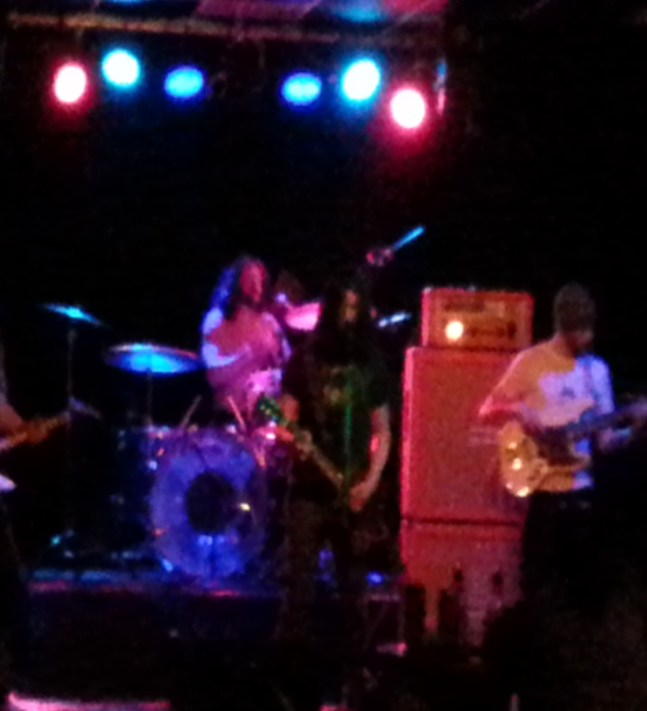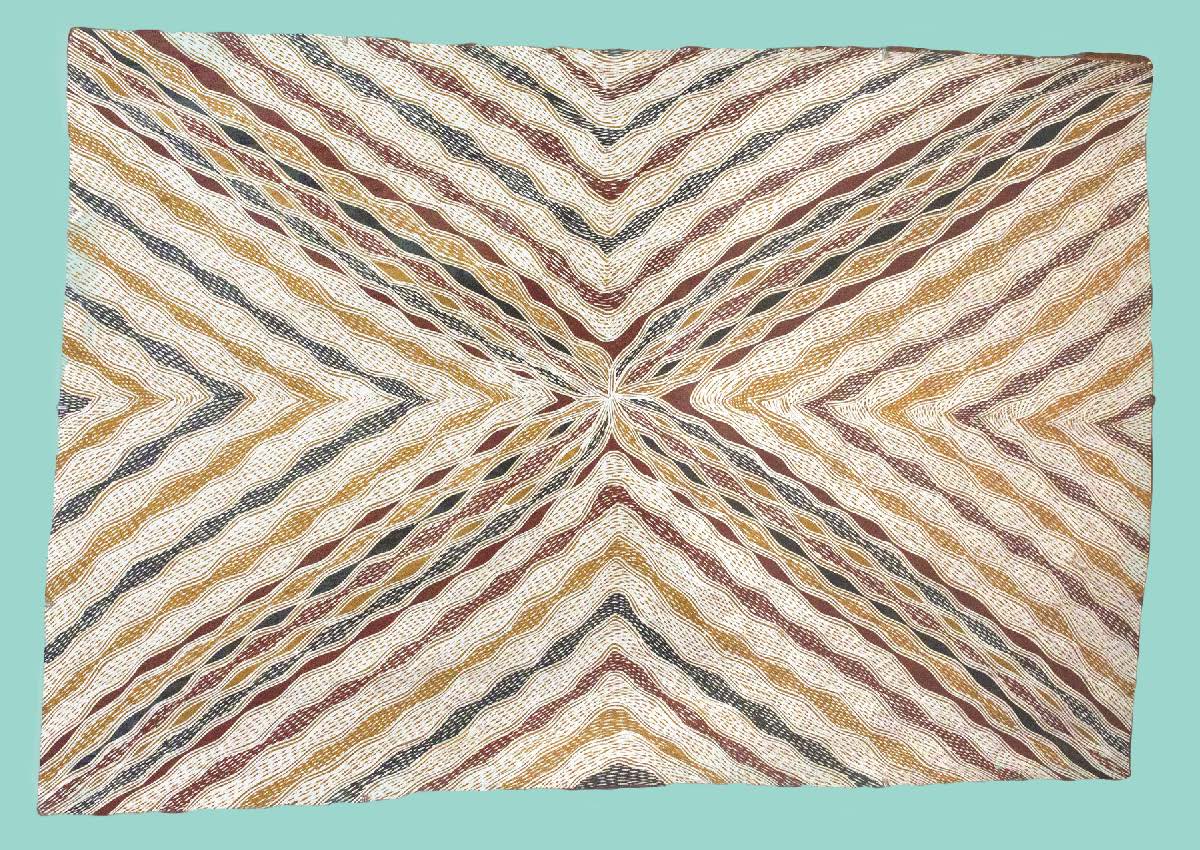
Art and Activism at Kluge-Ruhe
The Kluge-Ruhe Aboriginal Art Collection of the University of Virginia was largely empty on Oct. 22. Most of the staff was travelling, leaving a skeleton crew of PVCC faculty and alumni to staff the facility. Visitors were greeted by PVCC student Angela Bell, who directed them to appropriate galleries and assured them that no one would get lost in the maze of interconnecting rooms and halls.
Activism seems to be a recurring theme at the museum on Pantops Mountain. The works are offered to western cultures in order to shed light on the complexity of an oppressed indigenous culture. “I think, particularly the young artists, they are trying to really establish their identity, and they are trying to be a voice for their people,” said PVCC professor and Kluge-Ruhe Museum Educator Fenella Belle. As for the intention of the institution, she said, “The mission is to bring awareness about Australian aboriginal art and culture.”
Several galleries and installations were on display to the public. “Art and Country” is a collection from various artists that explores the depth of aboriginal spirituality and connection to ancestral lands. “Where the water moves, where it rests” is a collection from Djambawe Marawili, AM, an aboriginal artist-activist who ran a series of successful campaigns for aboriginal rights in Australia. Marawili’s work will be on display through Dec. 20. “Art and Country” will remain until the summer of 2016.
Marawili will be visiting Charlottesville Oct. 24 to Nov. 6 to give a series of talks on aboriginal art and culture in order to shed light on indigenous issues.
Museum director Margo Smith will be receiving the prestigious “Order of Australia” award during the visit. Belle described the award: “They very rarely give it to a non-Australian. You are being honored for your contribution to Australian society.”
The paintings and photographs throughout the building represent a series of stories relating events that shaped the world as we know it. A pantheon comprised of crocodiles, serpents and other animals considered the ancestors of the aboriginal people warn youths of unsafe practices, places and intentions. These ceremonial stories, generally drawn in sand, cave walls and eucalyptus bark are largely temporary. Patterns are passed down through generations by practice, with elders training the youth as they mature.
The more permanent cave paintings are considered sacred spaces and are largely unavailable to the uninitiated. Some paintings are considered taboo for different groups, such as men or women.
These traditional works are censored by the artist before being made available to outside culture.
The Kluge-Ruhe is easily accessible by both car and public transportation.
Other installations and activities include contemporary aboriginal installations, video interviews, inspirational art prompts, pan-global indigenous collaborations and a library of indigenous studies.
In the summers, the Kluge-Ruhe hosts monthly picnics on the western lawn.


